Peng Shepherd
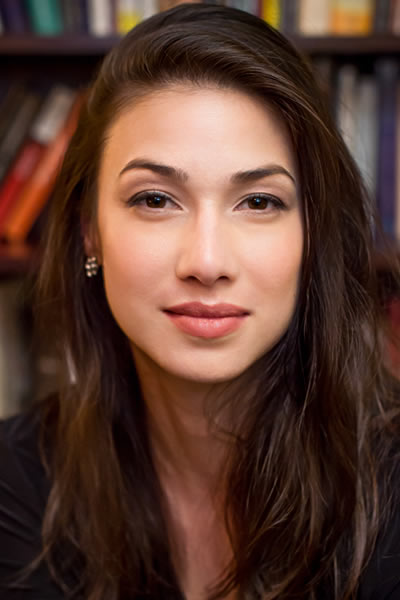
Photo by Rachel Crittenden

Photo by Rachel Crittenden
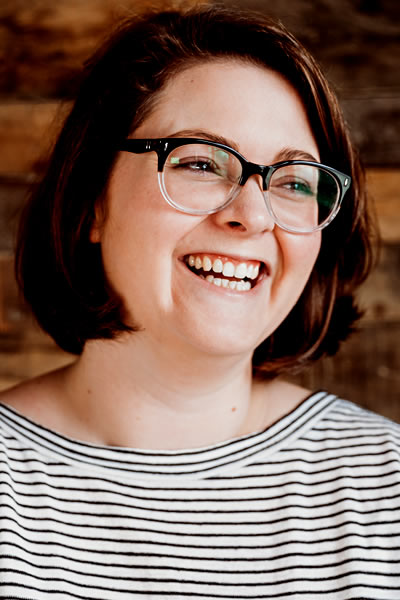
Photo by Michelle Johnsen
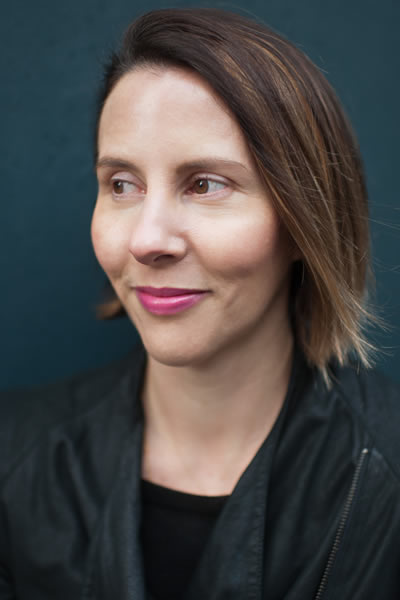
Photo by Elaine Melko
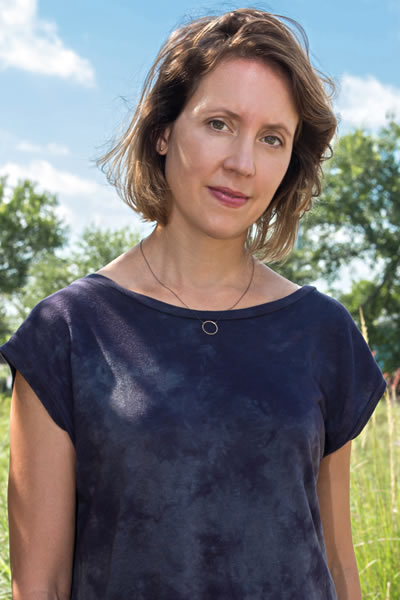
Photo by Matt Valentine
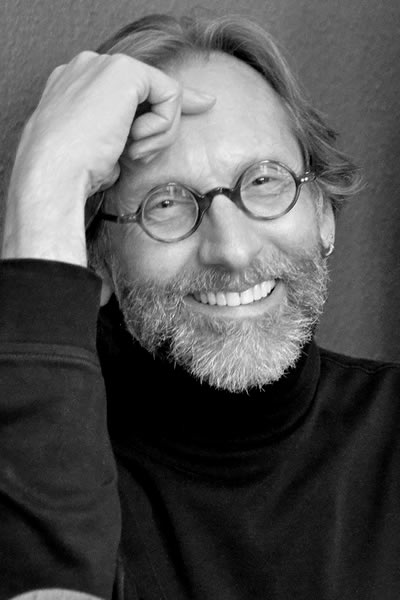
Photo by Andi Olsen

Photo by Lucas Schaefer
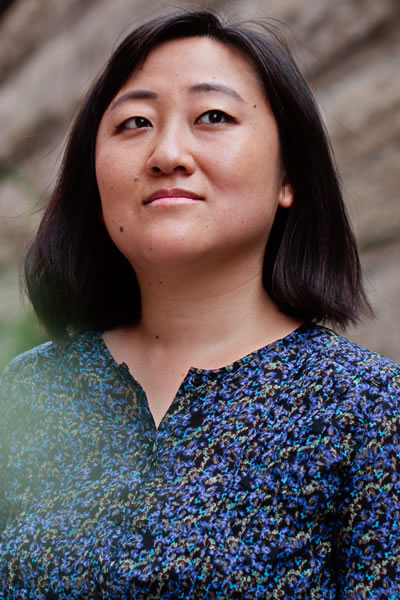
Photo by Anjali Pinto
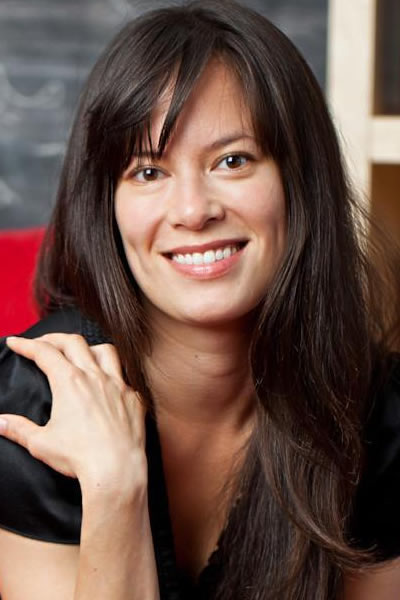
Photo by Scott M. Lacey
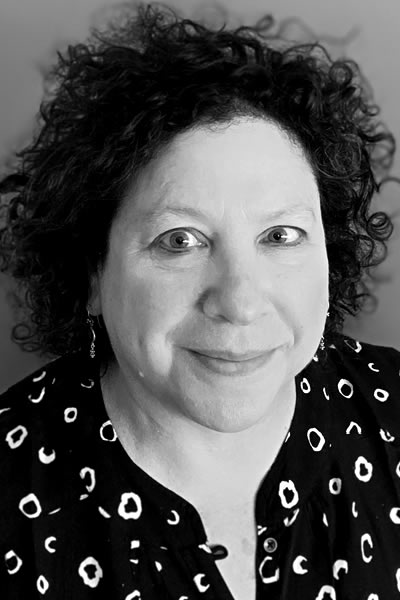
Photo courtesy of Hester Kaplan
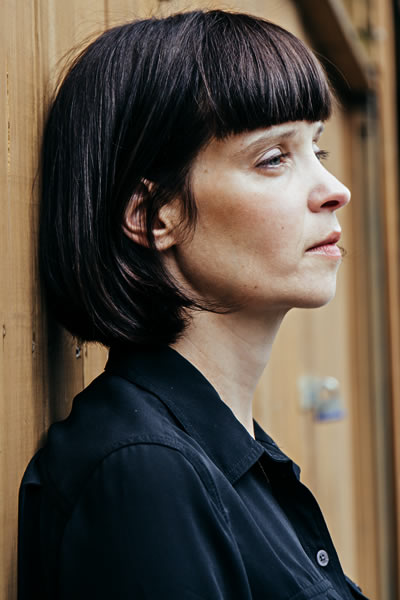
Photo by Sophia Spirlock

